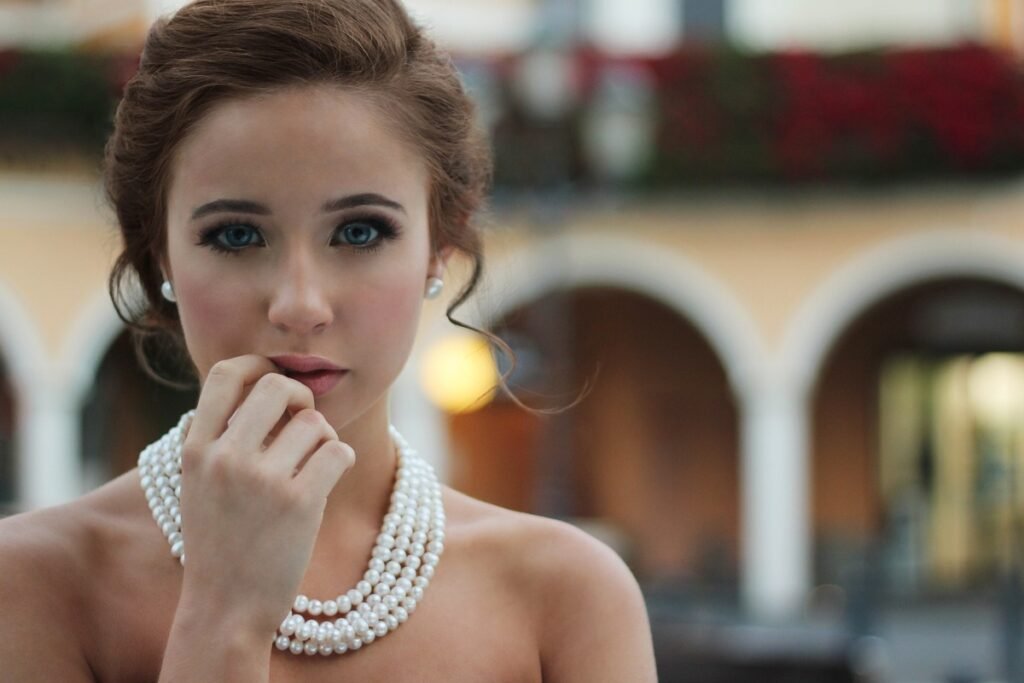There has never been any doubt about the importance of jewelry ever since humans invented it ages ago. Even before a term for it existed, people have been making it using different materials found in their environment. As time went on, artisans came up with ways of developing and refining the art of its production. Thanks to technological advancements and cultural exchange, we now have endless style variations of jewelry available.
Jewelry has been around for so long, and yet, its importance to humanity has only grown over time. It has become an inherent part of human lives. Throughout time, the purpose of jewelry has evolved, but its functions remained essentially the same. We use it to decorate ourselves, show social status, indicate affiliation, provide protection from bad luck or evil spirits, etc.
In this article, we will be discussing the fascinating origins of jewelry, its effects on human emotions, and the reason we attach such high importance to it.
History of Jewelry
Earliest evidence
The first known proof of ornamentation comes from Africa in the form of shell jewelry, according to The New York Times. People used snail shells and Ostrich eggshells to create adornments, which dates back to nearly 75,000 years ago. Later, people expanded their choice of material; they began using stones, animal skins, and bones. Ancient cultures held the belief that these embellishments can protect them from the dangers of life. They also used it as a way to let others know of their status or rank in society.
Even in death, people placed a high value on jewelry; they used to bury their dead with gold, believing that it would accompany its owner into the afterlife. Much of archeological jewelry comes from tombs and hoards, and this could be the reason why.
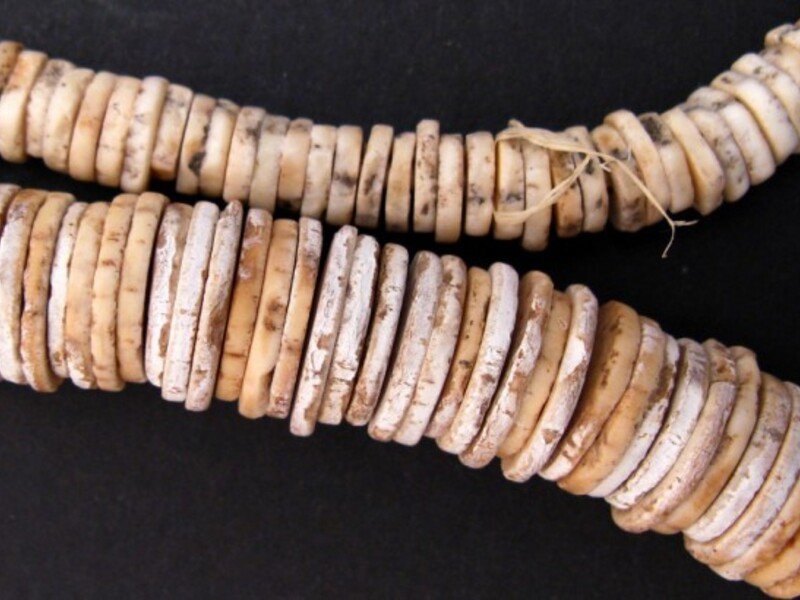
Ancient Egypt
Around 3,000-5,000 BC, the art of jewelry making was established in Ancient Egypt. With the emergence of gold, people learned how to work with precious metals. As metalworking techniques continued to improve over time, so did jewelry designs–they became more complex and sophisticated.
Ancient Egypt is also known for its opulent designs, artistry, and extravagance. It was a period characterized by the rampant use of gold jewelry in different forms: bracelets, necklaces, and collars. Aside from gold, Egyptians also worked with lapis lazuli, glass, and other semi-precious stones.
Ancient Greece and Rome
The Ancient Greeks also used gold in making jewelry, but they incorporated more precious stones in their designs. By 300 BC, they began using more emeralds and pearls in their creations. The jewelry worn during this time played an integral role in the intensely hierarchical and status-conscious society that existed then. Royals and the upper class wore gold, silver, and precious gems.
People put high value in the color of jewelry (provided by precious gems and enamel) and its supposed protective power. Some pieces of jewelry back then had cryptic or “magical” inscriptions, believed to give protection to its wearer.
Eventually, the Ancient Roman Empire dominated the region. They introduced the use of brooch as an accessory. Sri Lankan sapphires, ambers, and emeralds were among the materials used to make jewelry. Both men and women often sported rings as an accessory, with men using rings with engraving to press on a wax seal when signing official documents.
Middle Ages
After the fall of the Roman Empire, Europeans continued the practice of making jewelry. Amulets, clothing fasteners, and signet rings became the most popular items then.

Renaissance
The increase in trade led to drastic changes in jewelry designs and fashion trends. The use of gemstones and gemstone settings gained prominence during this period.
The 19th Century
The 19th Century is a period of significant industrial and social change, but jewelry designers focused on the practices of the past. This era saw the reemergence of styles inspired by designs from ancient Greece and Rome and the Medieval and Renaissance periods. Costume jewelry also gained popularity during this period.
Importance of Jewelry
Historical evidence proves that humanity has always known the importance of ornaments in their lives. Jewelry was perceived as a need, and every culture that dominated the world used it to fulfill a variety of functions. It would be interesting to know the factors that cemented its status as a necessity, and the perfect way to do that is by analyzing jewelry alongside Abraham Maslow’s Hierarchy of Needs, a theory in psychology featuring a five-tier model of human needs. If viewed from Maslow’s lens, wearing jewelry would fall under human’s higher needs. Let’s explore each need below.
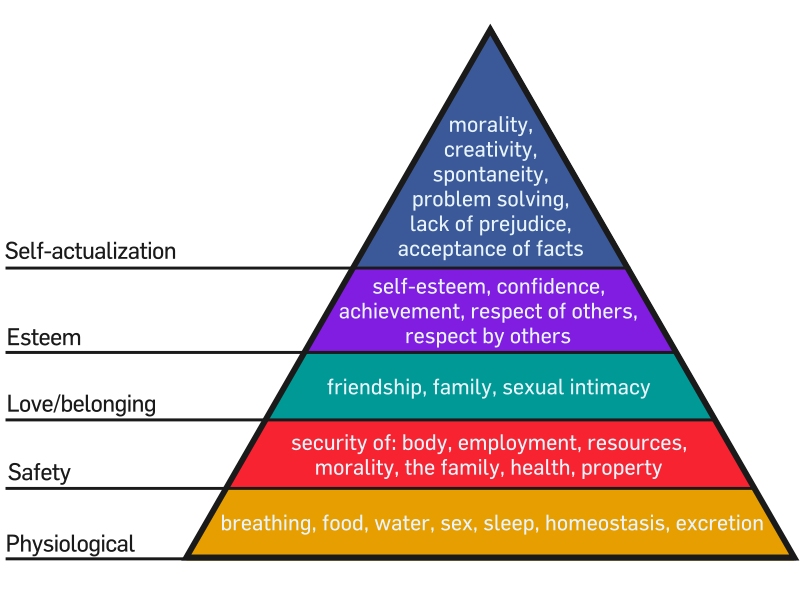
Jewelry meets our need for love and belonging
How many times have we gifted a loved one with jewelry? Probably more than we can remember. Jewelry has been used to attract prospective mates by showing wealth or through wooing by gifts, especially in the past. To this day, this still rings true most of the time. Businesses see a surge in jewelry sales during February because people love giving and receiving them during Valentine’s Day. People use jewelry as an expression of affection, and we love getting them because it’s a tangible reminder that someone cares for us.
As for fulfilling the need to belong, jewelry has also been used–and is still used–to show personal status or affiliation to a particular group. Signets, engagement rings, wedding rings, and even the “best friend” bracelets that our pals gave us in high school provide us with the sense of belongingness we naturally crave for.
Jewelry meets our self-esteem needs
There are many ways by which we can boost our confidence, but there is nothing like the self-assurance we get from decorating ourselves with accessories we love. It can do wonders for our self-esteem if we use jewelry that we genuinely feel happy wearing. We know that the best way to achieve real confidence is to learn how to embrace everything about ourselves–both the good and the bad. However, knowing that we look physically appealing can also do wonders for our confidence and empower us. Thankfully, we have jewelry to help us in that area.
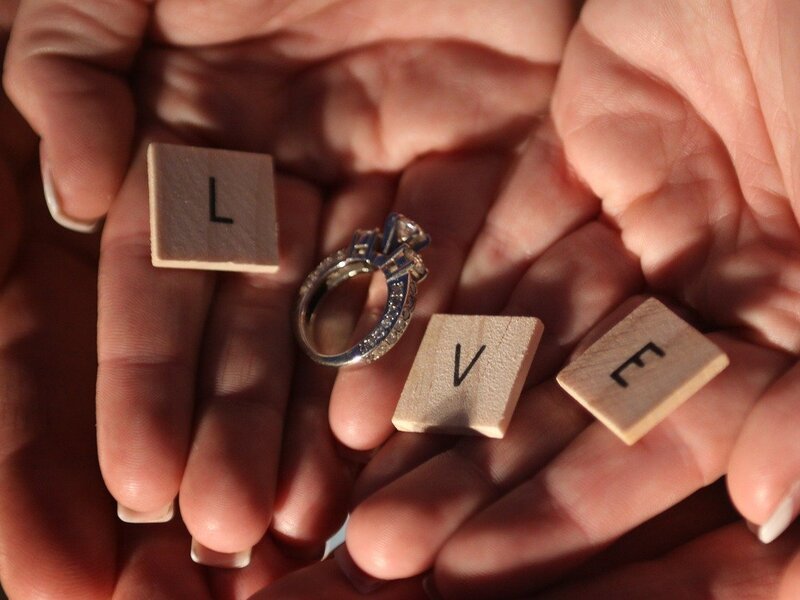
Jewelry meets our need for self-actualization
Whenever we reach a milestone or accomplish a goal, we like to mark it with celebrations and gifts. These joyous occasions are the perfect opportunities to reward ourselves and our loved ones with jewelry.
For married couples, an anniversary band would be a sweet reminder of the blissful marriage they’ve shared. When their daughters graduate from college, parents often reward them with a beautiful piece of gold necklace. For “big” birthdays, the beginning of a new decade is the perfect time to splurge on that birthstone gem set in a ring you’ve been eyeing months before you turned 50.
Importance of Earrings
Earrings are a must-have in every woman’s trove of accessories. These dainty pieces of jewelry can complete any outfit and highlight the beautiful features of a woman. Earrings are a fantastic way to spruce up any look, just as long as you know what suits your face shape, hair type, and clothing. Here are some reasons why you should never skip wearing earrings.
Earrings complete any outfit
Like most forms of accessories, earrings add a finishing touch to any outfit. No matter what kind of look you’re going for, earrings can amplify your style. There are types of earrings out there for every look; you just have to know the right ones to wear. If you’re going out for a romantic night, try sporting a pair of luxurious shoulder dusters. Not only are these eye-catching, but they can also make your outfit seem more expensive and elegant. If you’re getting ready for a regular day at the office, the casual stud earring will do to achieve a smart yet trendy vibe.
Earrings are more practical than other types of jewelry
Because of their small size, one of the best qualities of earrings is that they’re practical. If you’re wearing a pearl necklace or a set of bangles, they can get in the way of what you’re doing. Conversely, earrings are rarely bothersome when you’re in the middle of doing chores or work.

Earrings can highlight your features
Earrings are the best way to highlight your features, just as long as you know what complements you. When shopping for a new pair to wear to a special event, make sure that it will go well with your outfit. Other factors you should consider are your face shape, the color and length of your hair, the length of your neck, and the shape and size of your ears. It may seem like a lot, but being meticulous during your jewelry shopping will all be worth it once you see how good you look wearing your new bling.
What Is the Importance of Necklace?
Aside from earrings, another item of jewelry that every woman should own is a necklace. There are various reasons people like to wear necklaces, but the most obvious one is that they’re simply beautiful ornaments. A gorgeous chain can improve a woman’s appearance and add charisma to her look. As they say, when you look good, you feel good, and wearing a beautiful necklace definitely helps with those two things.
Necklaces come in many lengths and designs, but the right one will amplify your look and add flair to a plain outfit. It can also serve as a piece of statement jewelry. Necklaces with studded gemstones or ones with huge and colorful pendants are conversation starters. Admit it–we sometimes want to be the center of attention, especially when we badly need a confidence boost. Knowing that you’re wearing a pretty necklace can definitely do wonders for anyone’s self-esteem.
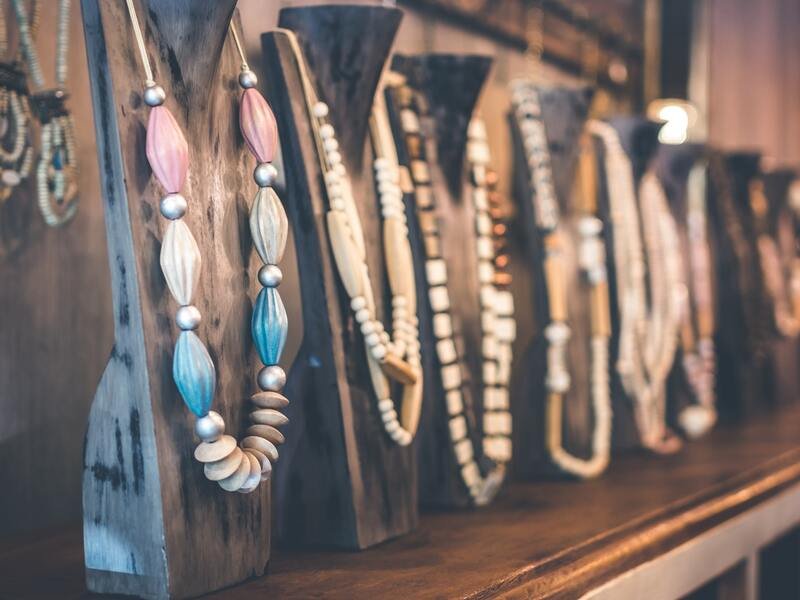
How Does Wearing Jewelry Make You Feel?
Jewelry is a one-of-a-kind item that has the power to make you feel all sorts of good things: empowered, beautiful, confident, loved, etc. Jewelry can be a physical representation of love, like wedding rings and anniversary bands. When you see your jewelry and remember the person who gave it to you, doesn’t it give you that special kind of joy?
Jewelry is your friend. Yes, it may not be able to speak, but it has been with you through the most remarkable moments of your life. That pair of brilliant diamond earrings? They were with you when you walked down the aisle and married the love of your life. That gold bangle bracelet you wear on your nights out with friends? It was a gift from your parents when you graduated from college. You might put them on with no thought of these details, but remembering them makes you feel happy and loved. Every piece of jewelry tells a story, and the sentimental value it holds is irreplaceable.
Why You Should Not Wear Jewelry?
If there are pros, then there are also cons. Despite all the benefits one can get from wearing jewelry, is there any good reason not to wear them? It’s hard, but we could think of a couple of reasons you shouldn’t wear jewelry.
The first and most obvious one is this: if you’re allergic to them. Yes, there is such a thing as a jewelry allergy. An article from DermNet NZ revealed that most jewelry allergies are caused by the metal nickel, which is used in the manufacture of precious metal alloys. If you have sensitive skin, the best option would be for you to buy nickel-free jewelry to avoid itchy and irritating rashes.
Second would be if you were to travel somewhere deemed “unsafe” for your jewelry. Some examples would be the gym, pool, and beach. You risk damaging and losing your jewelry when you don’t take them off when going swimming or exercising. We know you want to wear your favorite jewelry as much as you can, but destroying and losing them is the last thing you want. It’s always better to take extra precautions, so you can always keep your precious gems and jewels safe.
Conclusion
To different people, jewelry is a lot of things: a souvenir from a special occasion, a reminder of great achievements, a universal form of self-expression, etc. But no matter how you see it, one thing is for sure: the importance of jewelry in society will only grow in the decades to come, and it is here to stay.
Still not convinced that jewelry is a must-have? Check out this article exploring the reasons why you should wear jewelry – it might just change your mind!
